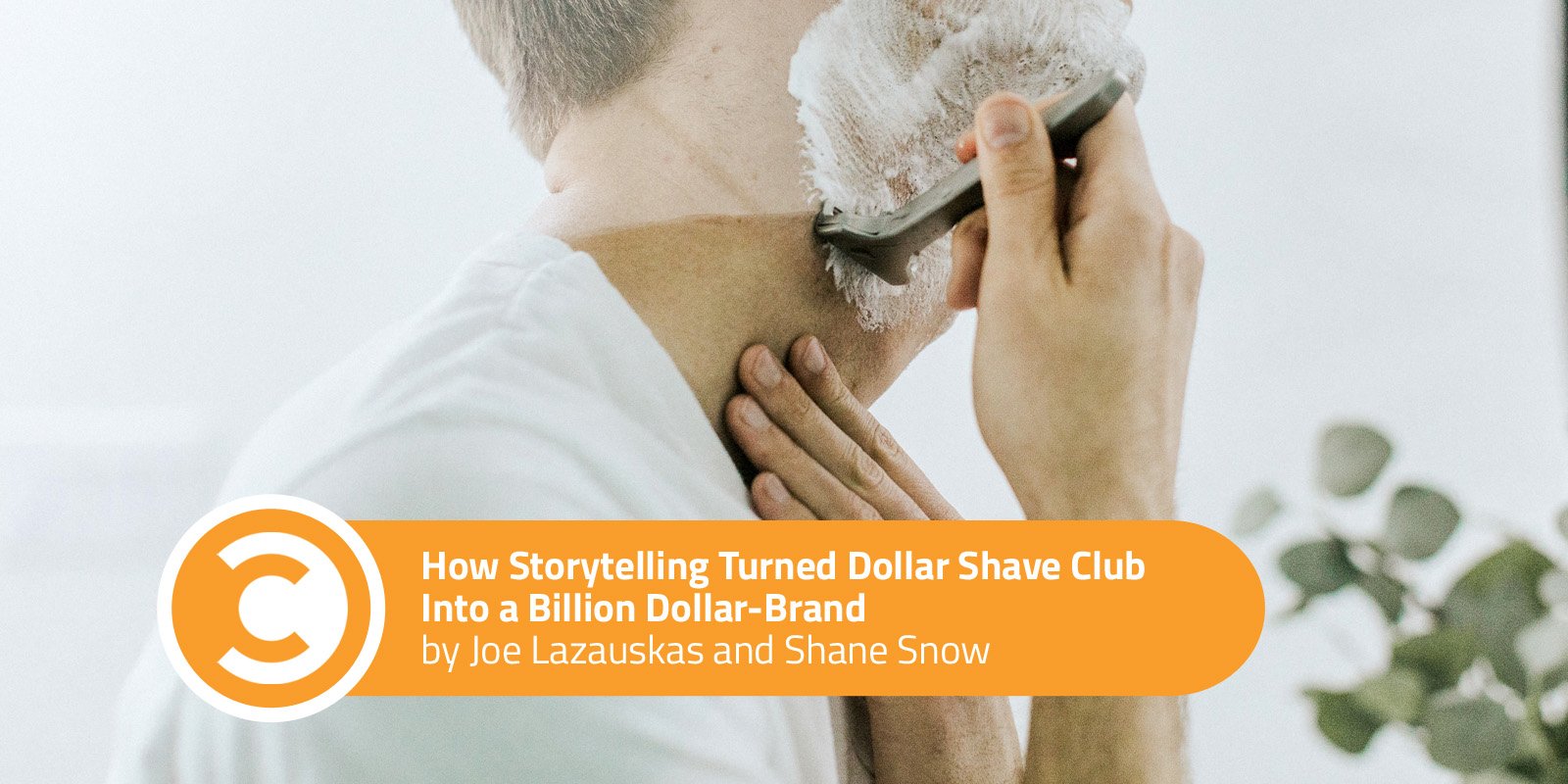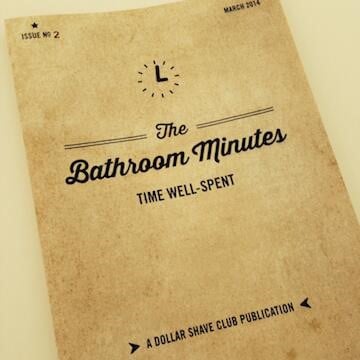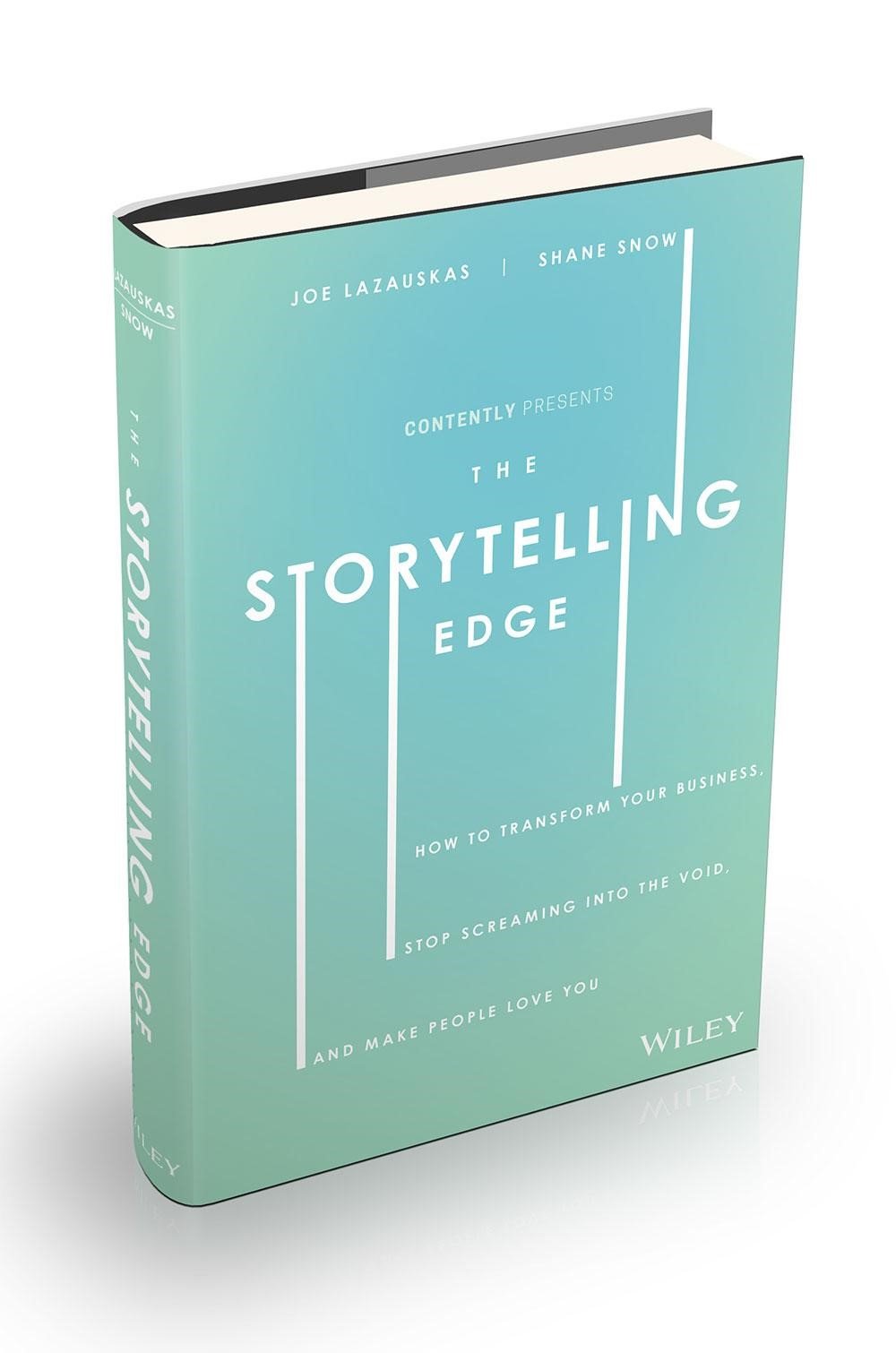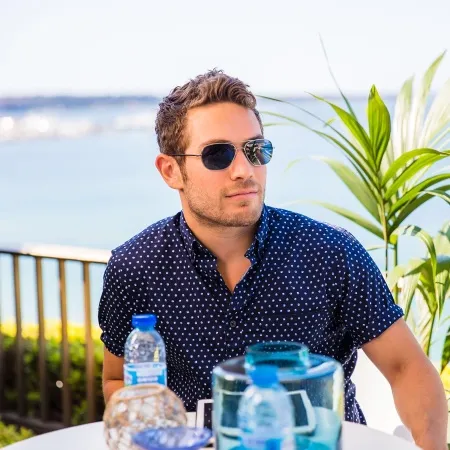
In July 2016, Unilever shocked the business world. They were purchasing Dollar Shave Club—a startup dreamed up just five years earlier by an improv comedian named Michael Dubin— for $1 billion.
Reporters were baffled. Similar e-commerce subscription startups like Birchbox, Trunk Club, and Stitch Fix had failed to attract anywhere near the same interest. Plus, Dollar Shave Club sold blades that paled in comparison to the high-tech razors that brands Gillette and Schick were famous for. Heck, it didn’t even make its own razors! It just bought them wholesale from manufacturers in China and resold them. The billion-dollar price tag was also five times Dollar Shave Club’s expected 2016 revenue—a near-unprecedented multiple for a retail startup.
So why did Unilever pay such an unprecedented price tag? As forward-thinking analysts began to explain, it wasn’t about revenue. It was about the company’s relationships—with customers, and consumers at large. Relationships that began with possibly the greatest startup launch video of all time.
Dollar Shave Club’s Origin Story
In 1990, a group of comedians that included Amy Poehler, Adam McKay, Ian Roberts, and Horatio Sanz had created an improv group called The Upright Citizen’s Brigade (UCB). Before long, the UCB had its own Comedy Central TV show and served as a talent pipeline to Saturday Night Live. As class offerings expanded, it became the destination for the thousands of young creatives who stumbled out of their college acting classes and into the bright lights of New York City each year.
In the early 2000s, Dollar Shave Club founder Michael Dubin was one of those young creatives. For eight years, he honed his craft at UCB while working in various television and marketing jobs. In December 2010, he found himself at a Christmas party talking to one of his father’s friends. The conversation took an unexpected turn, and before long, the family friend was asking him for help selling 250,000 razors he had acquired from Asia. (We’ve all been there, right?) The conversation would have weirded a lot of people out, but it gave Dubin an idea. What if he started a service that would eliminate the expense and hassle of selling razor blades? What if they just showed up at your door each month for $1 each?
Faced with the challenge of getting the startup off the ground and attracting investors, Dubin knew that he had to speak to men like him. Men who were fed up with a razor monopoly that forced them to pay more than $20 for just a few blades. And so he bet big on what he does best. He created a hilarious video to connect with his target audience and cast himself as the protagonist in the Hero’s Journey of his own brand.
“Are our blades any good?” Dubin asks in the beginning of the video. “No, our blades are fucking great.”
What follows is 90 seconds of absolute absurdity that nonetheless touts all of the features of Dollar Shave Club’s razors. There’s a toddler shaving a man’s head, polio jokes, a machete, a clumsy bear, a giant American flag, and perhaps the best “make it rain” scene of all time.
The rough cut of the video convinced former Myspace CEO Michael Jones to sign on as Dubin’s partner. When the video was released on March 6, 2012, it went viral. The startup got more than 12,000 orders in the first 48 hours.
What Dollar Shave Club Got Right About Content Creation
Dollar Shave Club’s origin story highlights something powerful: The economics of marketing are changing quickly, with great content as the ultimate currency. As a result, brands that embrace great storytelling can achieve an incredible advantage over their competition.
The principles behind Dubin’s success aren’t new. Companies have always told stories to drive sales. From the very first barters made to the present day, that hasn’t changed. But everything else has. The sheer pace of technological change in how we are able to communicate our stories to each other—from the birth of radio a century ago to the hurricane of social media apps that mark the 2010s—can be daunting for brands.
On one hand, it presents a huge opportunity. Content is being published everywhere, and consumers are now immersed in stories everywhere they go. Per comScore, time spent with digital media tripled between 2010 and 2016. At last count, 65 percent of all time spent with digital media occurred on mobile devices, consumed primarily via social networks. As a result, companies that excel at storytelling can reach their target customers more effectively and at greater scale than traditional advertising ever offered—all at a fraction of the cost.
On the other hand, there’s more content now than ever. At a conference in 2010, Google CEO Eric Schmidt revealed that we create as much information every two days as we did in human history up until 2003, a figure that’s only increased since.
As a result, brands can’t create mediocre content and expect to stand out. Half-baked content simply has little chance of breaking through on social or search.
“There’s not a whole lot of value in writing a decent blog post anymore. [There’s not a lot of value] unless you can be pretty extraordinary,” SEO and content analyst Rand Fishkin, who also founded Moz, told us. “Ask: If they’re searching for an answer to a question, would they rather reach your piece of content than anything else on the internet right now? Unless the answer is a slam dunk, ‘Yes, this is 10 times better than anything else out there,’ I’m not necessarily sure it’s worth publishing.”
But when you do create something amazing that stands out? The results are staggering.
Especially when you keep doing it over time.
Brands can’t create mediocre content and expect to stand out. Click To TweetHow Dollar Shave Club Scaled Its Storytelling
Dubin and Dollar Shave Club continued to crank out hilarious videos that their target audience watched millions of times and shared enthusiastically. One of the best follow-ups, “Let’s Talk about #2,” introduced their new butt wipes product and made more jokes about bears pooping than you ever thought you’d see in a brand video.
https://www.youtube.com/watch?v=3FOae1V1-Xg
It also started shipping The Bathroom Minutes, a small comic newspaper, with every order. And in late 2015, it launched MEL, one of the most ambitious editorial sites ever launched by a brand.

As Contently managing editor Jordan Teicher wrote in The Content Strategist: “MEL is a great example of how ambitious storytelling can stand out if brands stop trying to play it safe. It’s the only place you can read articles like ‘I Went Shark Fishing and Accidentally Caught a Kilo of Coke’ or watch short documentaries about subjects like former Harvard graduates who become medieval fighters.”
In total, these videos helped build an incredibly strong brand and lasting relationships with consumers. Moreover, they helped Dollar Shave Club achieve a financial exit that seemed impossible just a few years before.
As David Pakman, a partner at Venrock and an early investor in Dollar Shave Club, explained: “There are two things that drive multiples: the financial metrics and the story.”
As Dollar Shave Club proved, the right story can make those financial metrics look five times as good.
 This is an excerpt from the Amazon #1 New Release, The Storytelling Edge: How to Transform Your Business, Stop Screaming Into the Void, and Make People Love You by Joe Lazauskas and Shane Snow. Order it today to take advantage of some awesome bonuses, and sign up for the free storytelling course based off the book.
This is an excerpt from the Amazon #1 New Release, The Storytelling Edge: How to Transform Your Business, Stop Screaming Into the Void, and Make People Love You by Joe Lazauskas and Shane Snow. Order it today to take advantage of some awesome bonuses, and sign up for the free storytelling course based off the book.
This post is part of a paid sponsorship between Contently and Convince & Convert.


